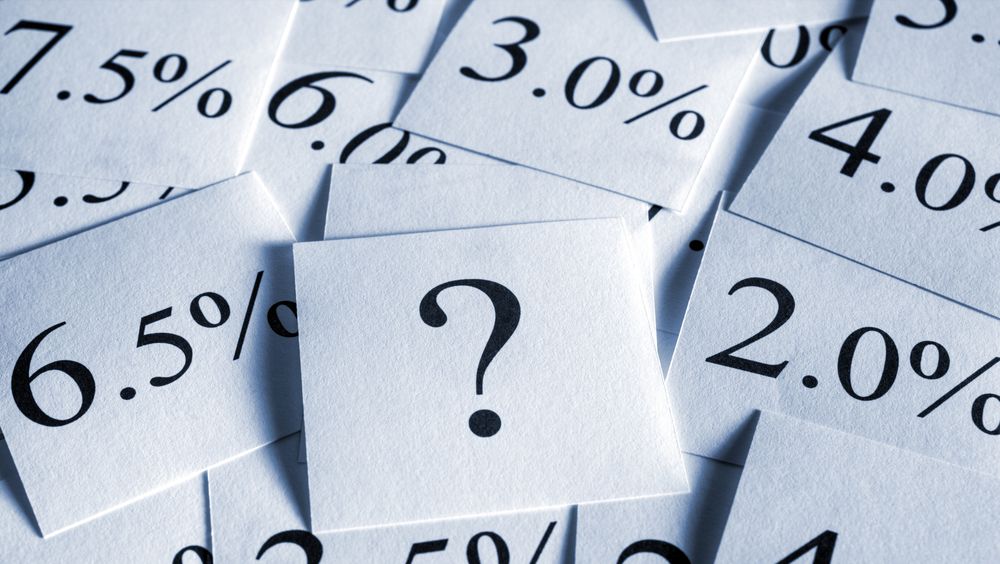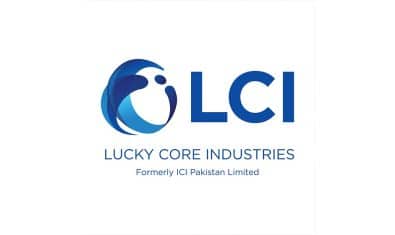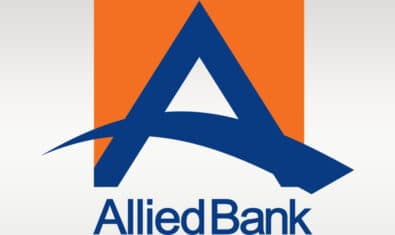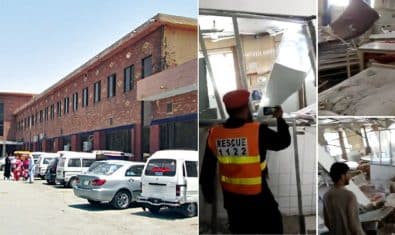The State Bank of Pakistan (SBP) has left the interest rate unchanged at 13.25 percent. However, it previously increased its policy rate by 100 basis points (1 percent) on July 16 to 13.25 percent in the face of increasing inflation rate and higher utility costs.
Those who follow the news keenly would notice that the SBP has been increasing the policy interest rate frequently in the past. In fact, the central bank has raised the policy rate nine times by a total of 750 basis since the beginning of the last year.
But why?
What makes the State Bank increase or decrease the interest rate?
Flicking through the past SBP’s monetary policy announcements reveals a pattern. The bank has been citing the increase in the interest rate as a policy measure to address the pressures ranging from inflation to high fiscal deficit. That implies increasing or decreasing policy rate is a mechanism for dealing with certain economic pressures.
The interest rate is one of the arrows in the quiver of the central bank. This is the rate at which the central bank lends money to the private agents, mostly banks.
The central bank uses this rate to regulate the flow of money and ultimately, to control inflation and the resultant economic indicators. The increase or a decrease in the interest rate relies on whether the monetary policy is tight or loose.
A tight monetary policy implies higher interest rates, aiming to slow down public spending and cut down the flow/circulation of currency. Whereas, a loose policy entails low-interest rate with a goal to heat up the economy and ramp up the public spending plus circulation of money.
High-Interest Rate as a Monetary Policy Tool
A higher interest rate increases the cost of borrowing, which becomes less attractive as an option. As it curtails borrowing and dampens economic activity, a high policy rate has a negative connotation. However, it can deal with a lot of economic challenges if implemented effectively. The main reason for hiking the interest rate is to control inflation.
Inflation rises because of many factors, including increased prices and an increase in the money supply.
In Pakistan, empirical data points out that one of the major reason behind the long-standing inflation is abundant money supply. When there is more money in people’s hands, the aggregate demand for goods and services is bound to rise. The increased demand leads to more spending, which means an increased circulation of money without bringing any change in the supply side.
The sudden increase in demand leads to a hike in prices, thus contributing to the already higher inflation. That is where the State Bank intervenes. When it increases the policy interest rate, the borrowing becomes costly and people are discouraged from taking loans.
That limits the money supply and ultimately, the overall spending and circulation of money. Ideally, the prices of goods and services plunge because of low spending and low demand. The drop in prices means the main culprit behind inflation has been dealt with. This will help drop or at least halt the rate of inflation in the country.
How Can High Policy Rate Affect You?
As the policy interest rate creeps upward, the banks also increase their interest rates on their products ranging from credit cards to savings accounts. Hence, you cannot shrug it off for it will be affecting your many transactions, be it opening an account or buying a house.
Here is how a higher interest rate affects the masses,
Taking a Loan
Taking a loan from a bank or other financial institutions will become more costly. If you want to buy a home, a car, or even a credit card, you will have to pay a higher amount than before Moreover, if your existing bank loan did not have a fixed interest rate and term, you will have to pay a higher than intended amount against that loan. However, the increased policy rate will not affect the fixed-rate loans.
Savings
Saving money becomes more lucrative when the interest rate is higher. The return/profit on your saving account is going to increase. Moreover, the returns on savings certificates also increase. That is because the State Bank wants you to keep your money in the bank and reduce your spending.
Also, the returns on your investments (bonds, etc.) are also going to rise. However, the price of the bond is likely to drop amid increased interest rate and thus selling the bond before it matures would incur a loss.
Stock Exchange
The stock market is not directly affected by the change in the policy rate. However, it does have a ripple effect that reaches the stock market as well. Investing in the stock exchange becomes complicated when the policy interest rate fluctuates.
Businesses are affected directly by the high interest rates, as they make regular transactions with banks to run their operations. When borrowing becomes expensive, companies will avoid taking loans and ultimately cut back on their growth.
This shows on the price of the company’s stock (other things remaining constant). When the prices of the companies’ stocks start declining, investing in stock becomes less desirable. A drop in spending and economic activity tends to tumble the stock market as well. So, if you have invested in the shares of a company, you are likely to face a drop in your investment value when the policy rate increases.
The pattern of investors’ behavior changes as well amid increased policy rate. People opt for the fixed return, like government securities and bonds, to avoid the prevailing uncertainty in the market at that time. So, they give up their shares, making the market to plunge further.
Can Increasing the Interest Rate Bring Down Inflation?
Raising the interest rate helps control inflation along with giving a push to the country’s currency to some extent. However, it proves to be counterproductive sometimes. While increasing the interest rate, the central bank needs to address the underlying causes of inflation as well, as the increased money supply is just one of them. One of the underlying causes of inflation is high utility costs and frequent tariff hikes, which will continue regardless of the interest rate.
Also, the increased interest rate may not necessarily discourage public spending. More often than not, government expenditures carry on regardless of the policy interest rate. The continued public spending will set off any discouraged spending on the consumers’ end.
In this scenario, when the State Bank increases the policy rate, only the masses are affected. This policy measure works only when the other factors are addressed too. Increasing the interest rates can control inflation in an ideal solution, but in Pakistan, it will only add to the injuries of the economy unless other issues are taken into account as well.
Just as discussed in the meeting of the Monetary Policy Committee (MPC), the inflation rate increased drastically to 7.3 percent in the financial year 2019 because of enormous government borrowing from the central bank. Other factors behind the increased inflation rate included depreciating rupee, increased domestic fuel prices, and a hike in food prices.
The central bank has raised the policy rate many times. However, the aforementioned issues like increased utility costs, fuel prices, and a hike in the price of essential items remained the same or grown even worse. Therefore, the tight monetary policy failed to bring the desired results.



























You should mention the affect on the exchange rate. A higher interest rate makes the rupee stronger since it is more profitable to hold and save in rupees than in foreign currency. The primary reason for the high rate is to underwrite the rupee and keep it from collapsing completely.
shabash hooman
Economy is not stabilising everyday we see dollar hikes, stock market bleeds, inflation rises, interest rate rises. Investors confidence is completely shattered.